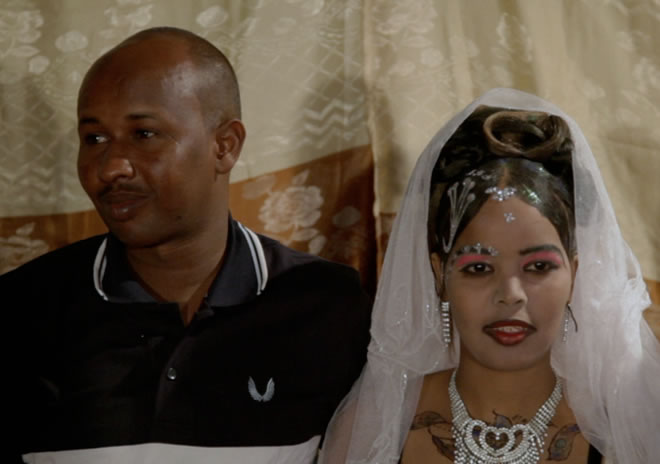
'Last Hijack'

Saturday, October 18, 2014
In 2009 there was a swarm of news reports about piracy off the coast of Africa. I got intrigued by the subject because of the thrilling hijack stories, but almost immediately focused on the Somali side of it. The pictures of the tiny skiff next to the immense sea tankers simply wouldn’t leave me.
We in the Western world always see Somali pirates as “the enemy,” and for valid reasons. But when I started to read about them, the picture got more nuanced. Why did all the pirates come from this particular country, when there are many other poor countries with access to the sea? Who are these robbers? What motivated them to risk their lives?
Somali is one of the most dangerous countries in the world. There is a lack of education, healthcare, infrastructure – all the hallmarks of a dependable government. After the collapse of the Somali government in 1991, the nation’s waters were rapidly exploited through the foreign depletion of fisheries and dumping of toxic wastes. These events sparked the initial piracy.
A practice that began in self-defense has, however, transformed into an immensely profitable piracy industry.
It was hard to find a pirate who was willing to share his life with us. We collaborated with a researcher, a talented Somali journalist. We searched for about 18 months. Most pirates dream of leaving Somalia, moving to Kenya or the UK. They might be arrested in those countries if they openly discussed their activities in a film.
As a female director, I became very curious when I heard about the rise of a few women pirates in Somalia. This seemed like such a powerful image in a pre-dominantly male world. Our researcher managed to find and interview many of them.
But after translating the interviews carefully, it became clear these female pirates were not the real deal. One woman said to another just before the interview started, “I will play a pirate who just got divorced,” and her friend added, “Then I will be the pirate who has two children.” Jamal, our researcher, found out that many of the pirates who had been on American TV news shows were actually fake pirates.
We realized that in a country where poverty rules, everyone will try to make a little bit of cash, even if that means pretending to be a pirate for camera crews.
Then our researcher found Mohamed, an independent pirate, who has done a number of successful and failed hijacks over the years. He told us that he has no ambition to leave Somalia, since it is his home country. Initially, we saw Mohamed and his quest for one last hijack as the center of the film, but the better we got to know him and his family, the more intrigued we became about the family’s dynamics, the frustrations of his father, the disappointments of his mother, and the relationship between Mohamed and his fiancée Muna. I felt immediately that this was the story I wanted to tell.
For Somali women, pirates are a possible escape from a life afflicted by violence, poverty, and lawlessness. It’s said that pirates marry the prettiest girls. But marrying a pirate doesn’t provide any real security for these women. They get easily sidelined for a younger, more attractive woman.
Mohamed told us he divorced his last wife through text; he has been married four times already. And he has nine children with his ex-wives, whom he all abandoned. His parents take care of his children. Muna, Mohamed’s fiancée, doesn’t support piracy, and will not accept that Mohamed wants to set up another hijack. She married him anyway, received the dowry, but left after a couple of weeks.
The story I ended up telling about pirate life is one about family, chronicled in Last Hijack, co-directed by Tommy Pallotta. It is so far the only pirate film to date actually shot in Somalia, and includes animated sequences to explore Mohamed's memories, dreams and fears from his point of view.
Last Hijack made its theatrical debut on October 3 and is currently playing in theaters. It is also available on VOD platforms including Amazon Instant Video, Comcast, Google Play, iTunes, Time Warner Cable, Sony PlayStation, Vimeo On Demand, Vudu and XBOX Video.